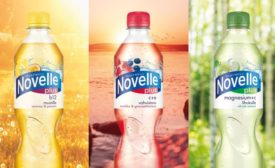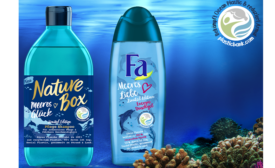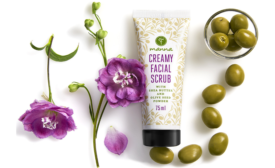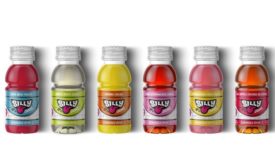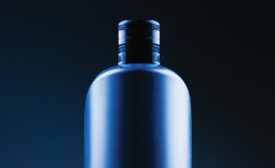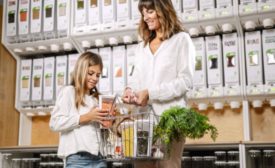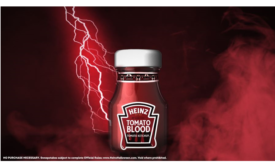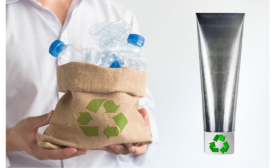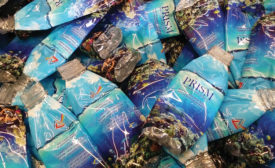Rigid Containers
Materials
Making the Switch to Aluminum
A guide to getting started with aluminum bottles.
November 2, 2020
Materials
Exploring Tomorrow’s Packaging
Sustainable, improved quality and reduced cost.
October 12, 2020
Keep the info flowing with our eNewsletters!
Get the latest industry updates tailored your way.
JOIN TODAY!Copyright ©2025. All Rights Reserved BNP Media.
Design, CMS, Hosting & Web Development :: ePublishing

